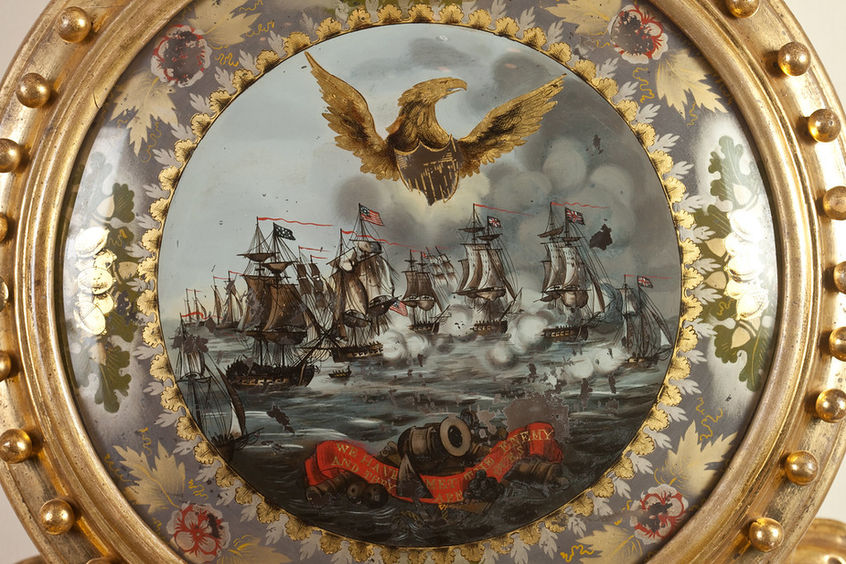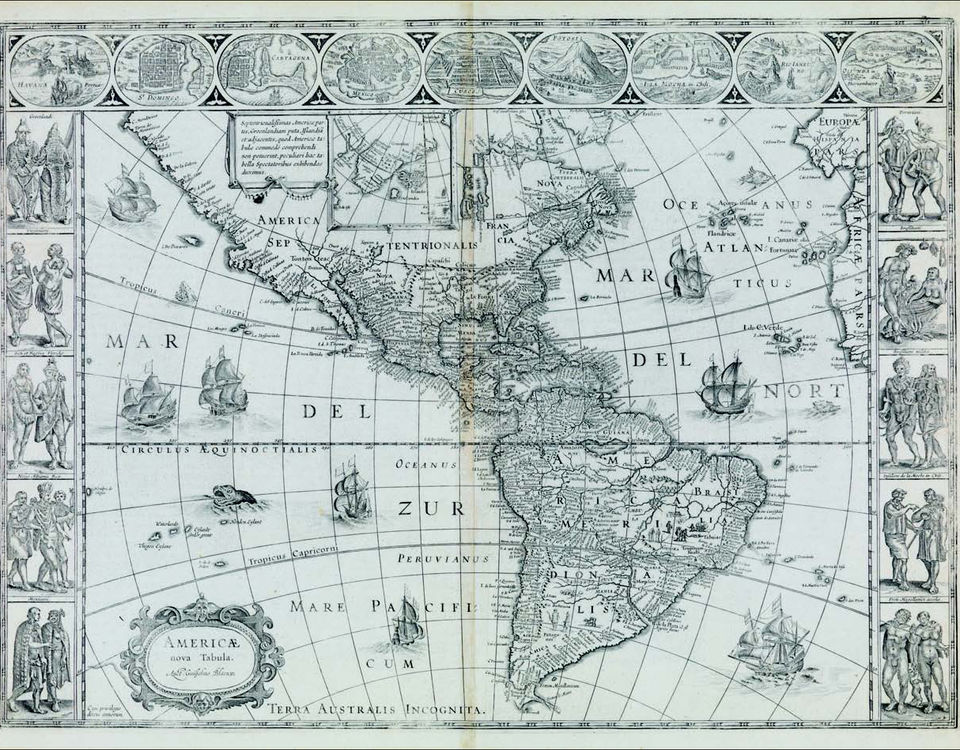
FUND FOR THE ENDOWMENT OF THE
DIPLOMATIC RECEPTION
ROOMS
Presenting the finest of our American heritage

The Fund, established in 1982, was created to support the Diplomatic Reception Rooms of the U.S. Department of State's effort to become what they are today — an elegant setting for conducting diplomacy at the highest level.
Committed to the enhancement and preservation of the Rooms, the Fund underwrites needed restoration, acquisitions, refurbishment and maintenance projects, as well as educational programming through tax-deductible donations.
Showcasing American history and hospitality
More than a celebration of our nation’s extraordinary past, this living museum provides an impressive space for diplomatic entertainment, quiet spaces for dialogues that have global impact, and a ceremonial and patriotic venue for more than 100,000 visitors annually.






Preserving History.
Advancing Diplomacy.
The Diplomatic Reception Rooms include 42 rooms on two floors and are home to a magnificent collection, more than 5,000 pieces in all, of fine and decorative American arts from 1740 to 1840.



















